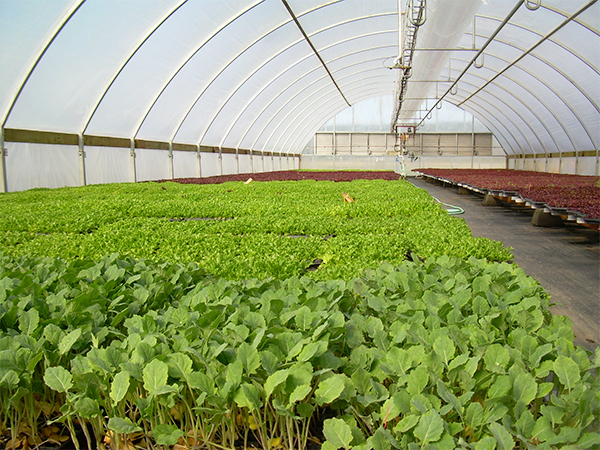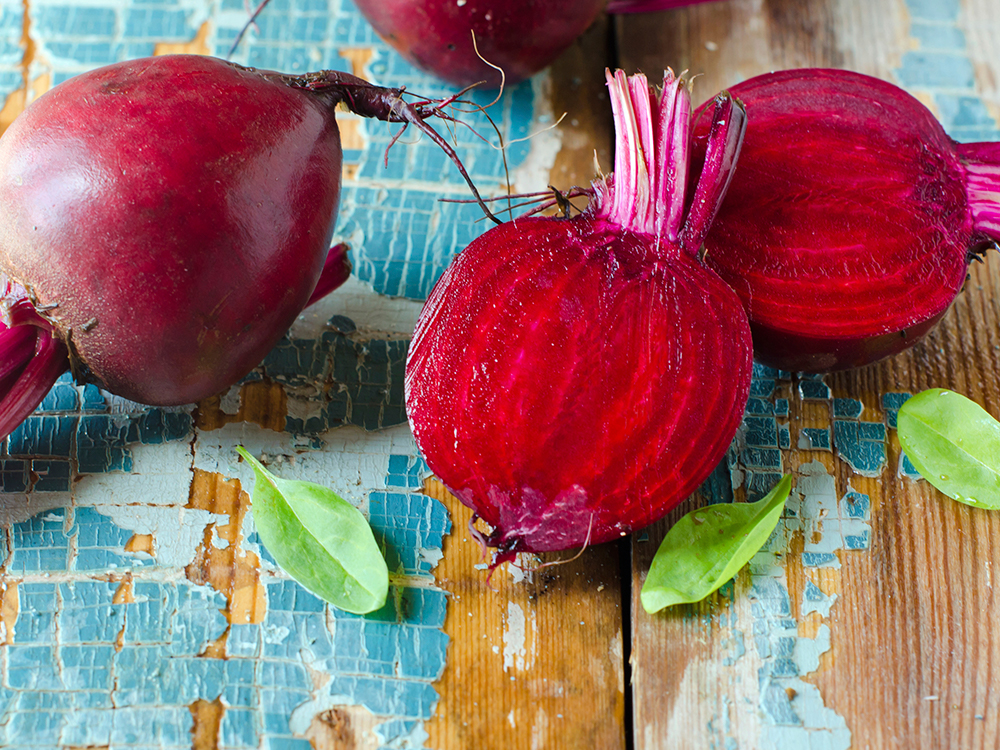Greenhouses and Falcons

This week, we have been blessed with lots of sunshine! It is a welcome reminder of the months ahead, hopefully leaving grey skies far behind. The greenhouses have been opened and cleaned, and their quiet winter days will now be exchanged for lots of seedlings on their incredible plant journey to our tables. For many veggies, this journey is quick, only 30–45 days, and will repeat throughout the season, ten to twelve times. For other, longer-growing veggies, like garlic, leeks, brussels sprouts, cucumbers and winter squash, we will only have one planting that will take the bulk of the summer. There is one, very long-growing species we always ponder—to do pumpkins, or not? While we generally are a culture that enjoys pie pumpkins in the fall, we have not participated in the cultivation of the more ornamental Jack O’Lanterns and other fancy white and dark green varieties. This year, as we are celebrating 25 years of farming, 24 of them here in the Pacific Northwest, plus our first in Minnesota, we are feeling moved to grow them this commemorative fall, adding a new dimension to our harvest.
In the fields, as the birds are continuing their nesting rituals, we were graced by a falcon, its loud “ki ki ki” sounding from down in eagle territory; this is highly unusual, but as nesting territories are being staked out, anything is possible. We are still trying to make a full identification of the bird, as my picture was very blurry. It appeared more on the prairie falcon side of life, not common to this Snoqualmie River area.
We were moved by the Seattle Times peregrine falcon story a few weeks ago about a pair that has been nesting for over 4 years in the Boeing hangar in Renton. Several juveniles were found on the ground and rescued; the adult pair will be evicted in an attempt to relocate them as the plant has to close its doors with the grounding of the 737 MAX plane. According to the article, and wildlife biologists, even if they are relocated, their drive to return to the same spot is fierce. Making sure the doors are completely closed in the month of March will be important so that they nest in a new area. As we watch species returning to our land and fields every year, we know how beautiful home can be for all. To have safe, clean habitats is vital, and we will continue to make the buffer zones around our fields a friendly home to many species, for all to enjoy.
Make sure to find us on Instagram @fullcirclefarms.


Leave a Reply